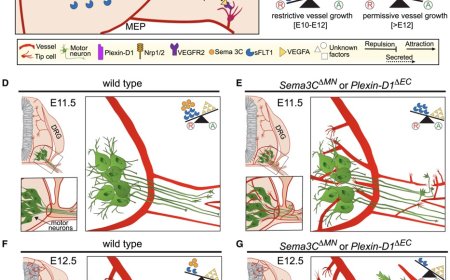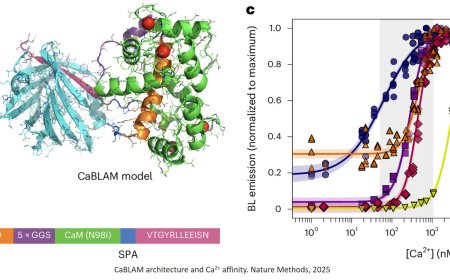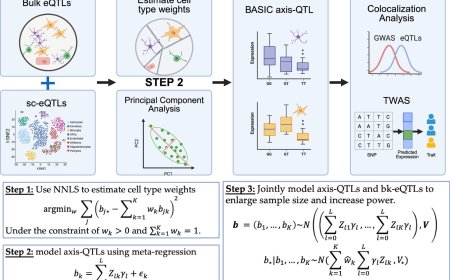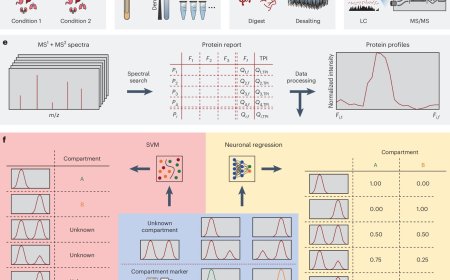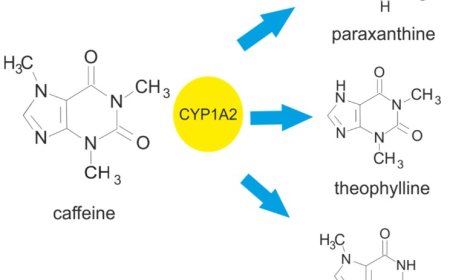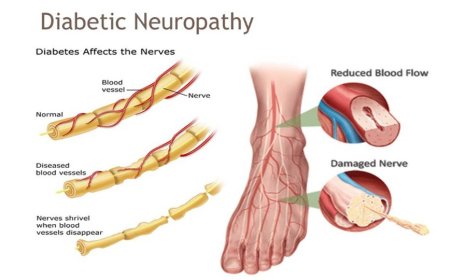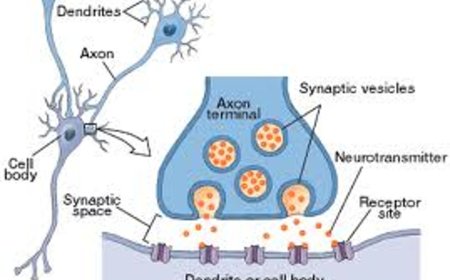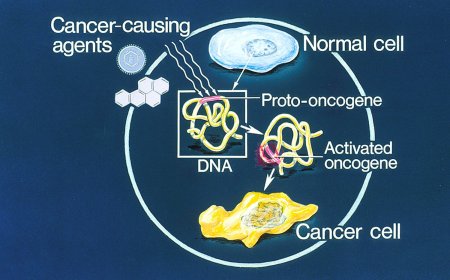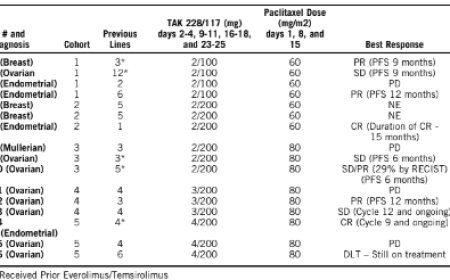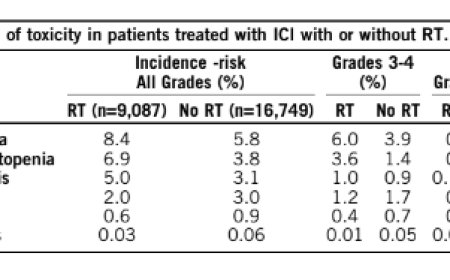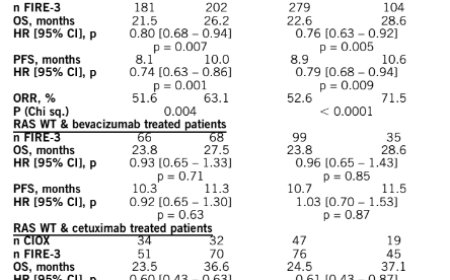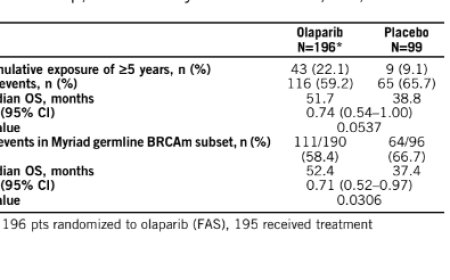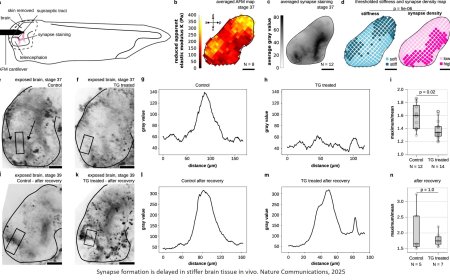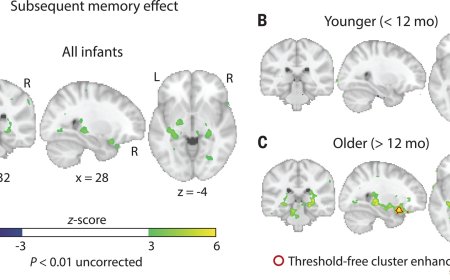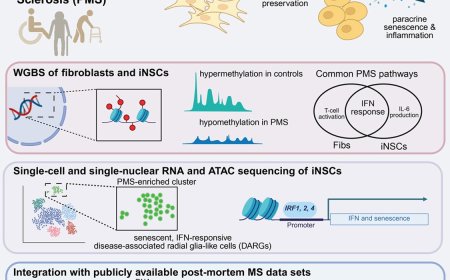New Alzheimer’s mechanism linked to brain inflammation
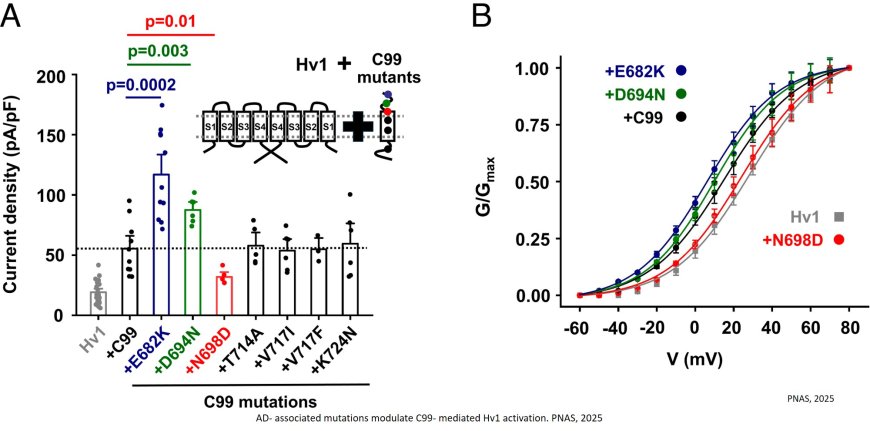
Researchers have uncovered an unexpected molecular partnership that reshapes scientists’ understanding of how brain inflammation arises in Alzheimer’s disease.
In a study published in Proceedings of the National Academy of Sciences, a team of scientists discovered that amyloid precursor proteins – best known as the source of amyloid-beta peptides that aggregate into plaques in Alzheimer’s disease – form a structural and functional complex with voltage-gated proton channels in human brain immune cells, known as microglia.
The finding reveals that Hv1 receptor channels, which have been studied for decades, are composed differently than previously understood. The assembly of Hv1 channels and amyloid precursor proteins alters how the channels operate and changes their pharmacological properties. While Hv1 channels are important in many tissues throughout the body, this study focused on their function in the brain, where they influence neuroinflammation and neurodegeneration in Alzheimer’s disease.
The study demonstrates that when amyloid precursor proteins or their C99 transmembrane fragments bind to Hv1 channels, they enhance proton currents and promote the release of inflammatory mediators from microglia derived from human induced pluripotent stem cells. Conversely, when amyloid precursor proteins’ expression is reduced, channel activity and the production of inflammatory molecules drop sharply.
The team also found that two amyloid precursor protein mutations linked to early-onset Alzheimer’s further increase channel activity beyond normal levels, providing a possible explanation for the heightened inflammation observed in these patients.
“Hv1 has long been known to control inflammation in immune cells, but to discover that APP – a protein at the center of Alzheimer’s pathology – directly modifies its behavior was completely unexpected,” said the senior author of the study. “This finding is exciting because it starts to explain why Hv1 channels operate differently in different tissues in health, information we need to target them effectively to treat disease.”
https://www.pnas.org/doi/10.1073/pnas.2509903122
https://sciencemission.com/Amyloid-precursor-protein-and-C99
